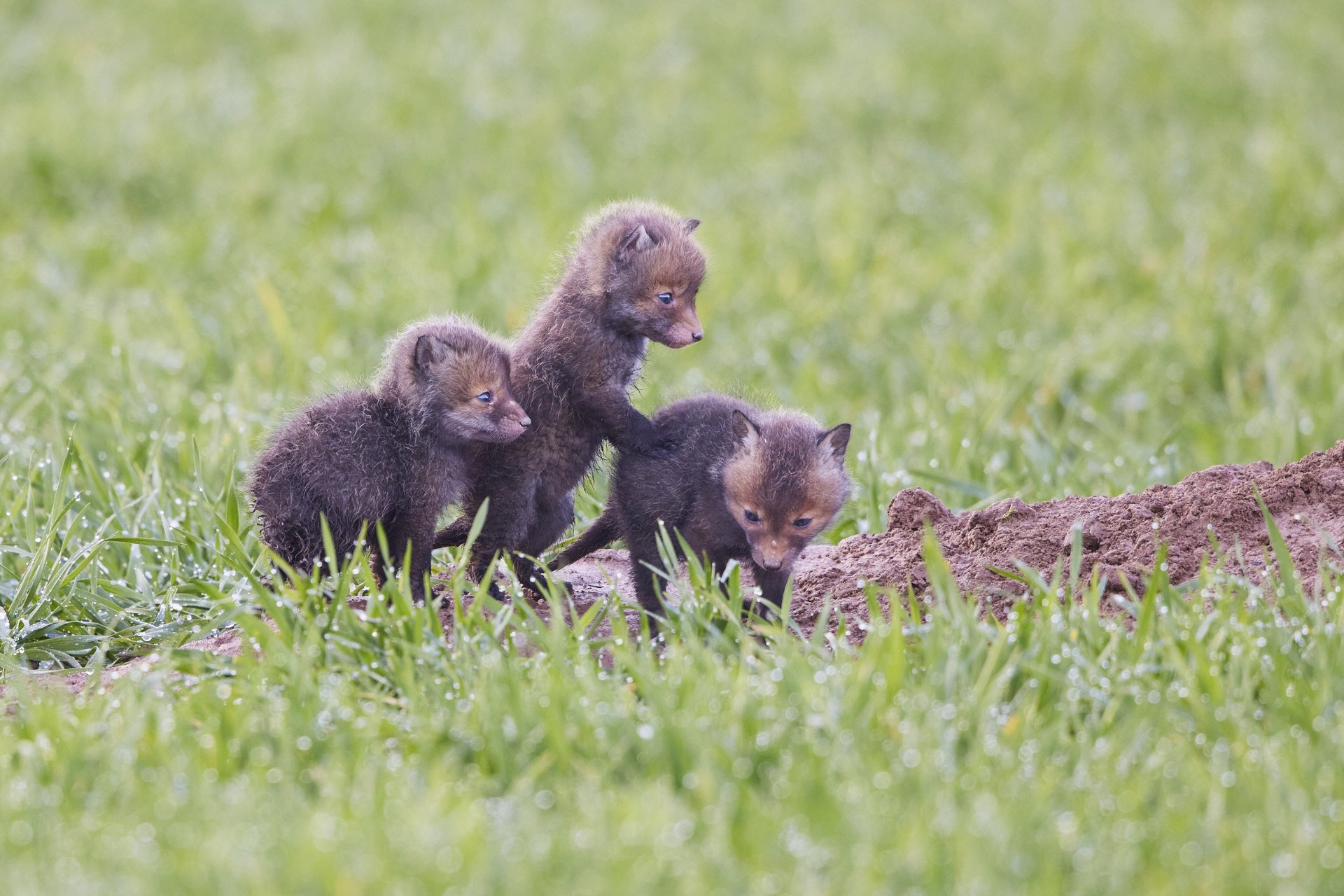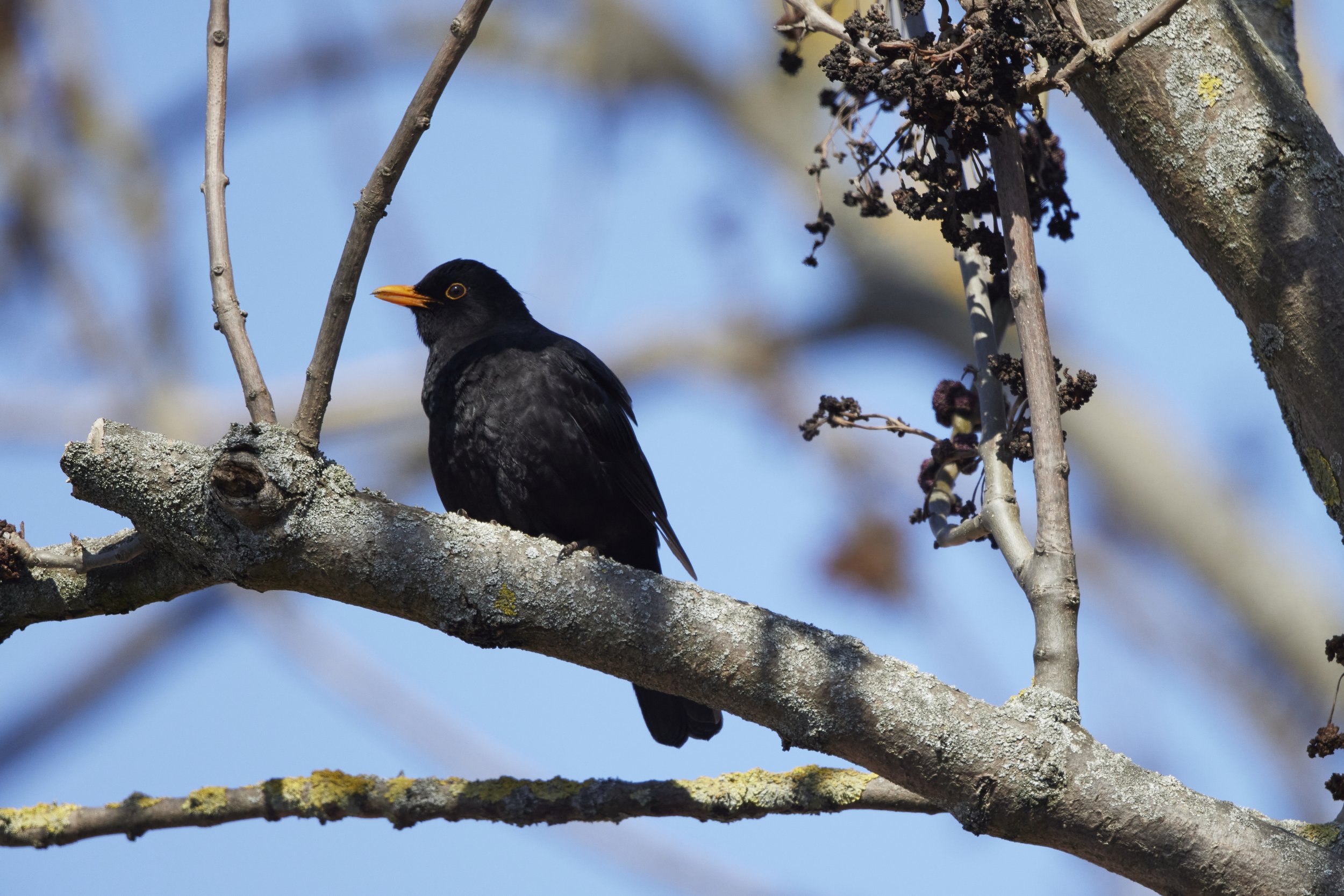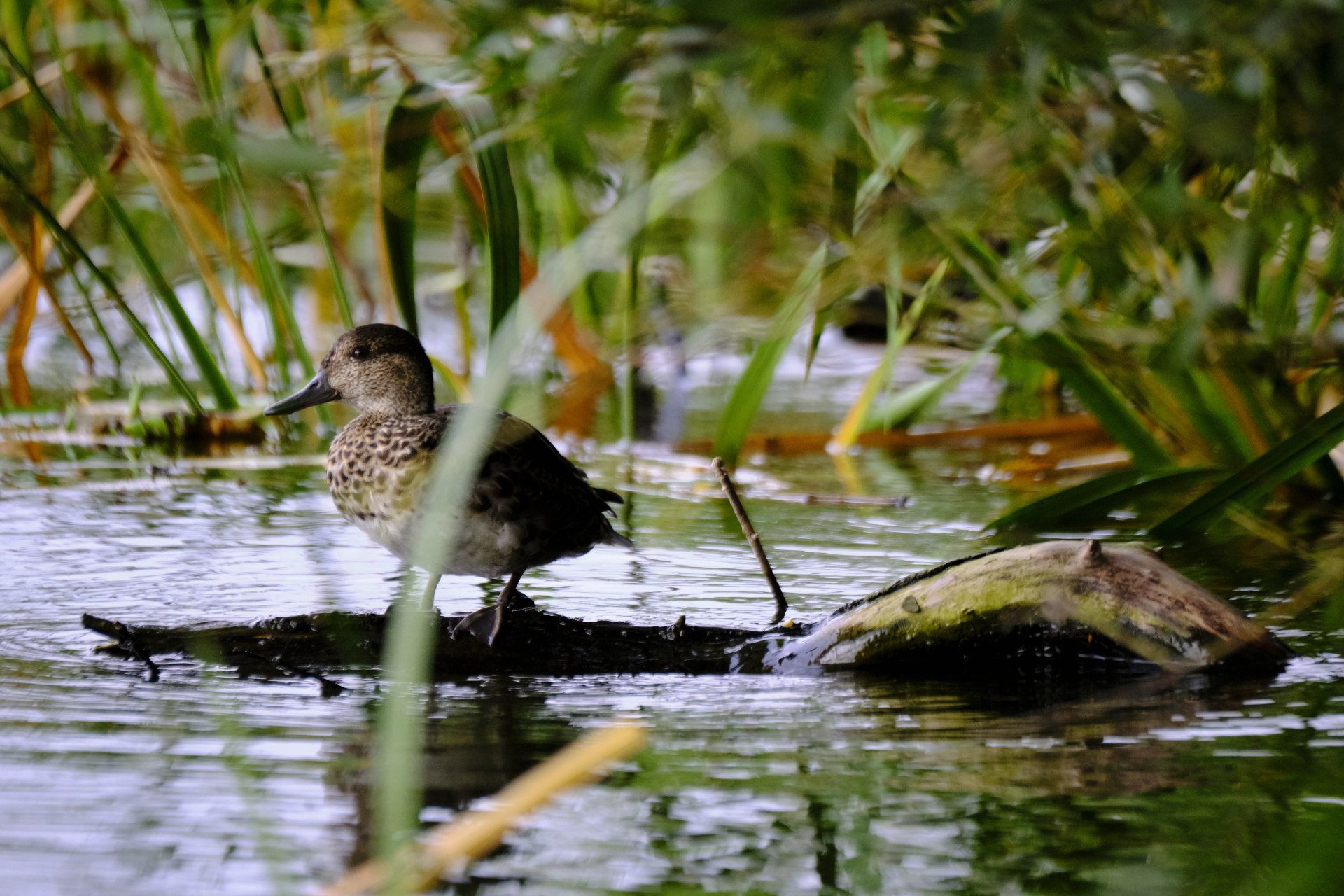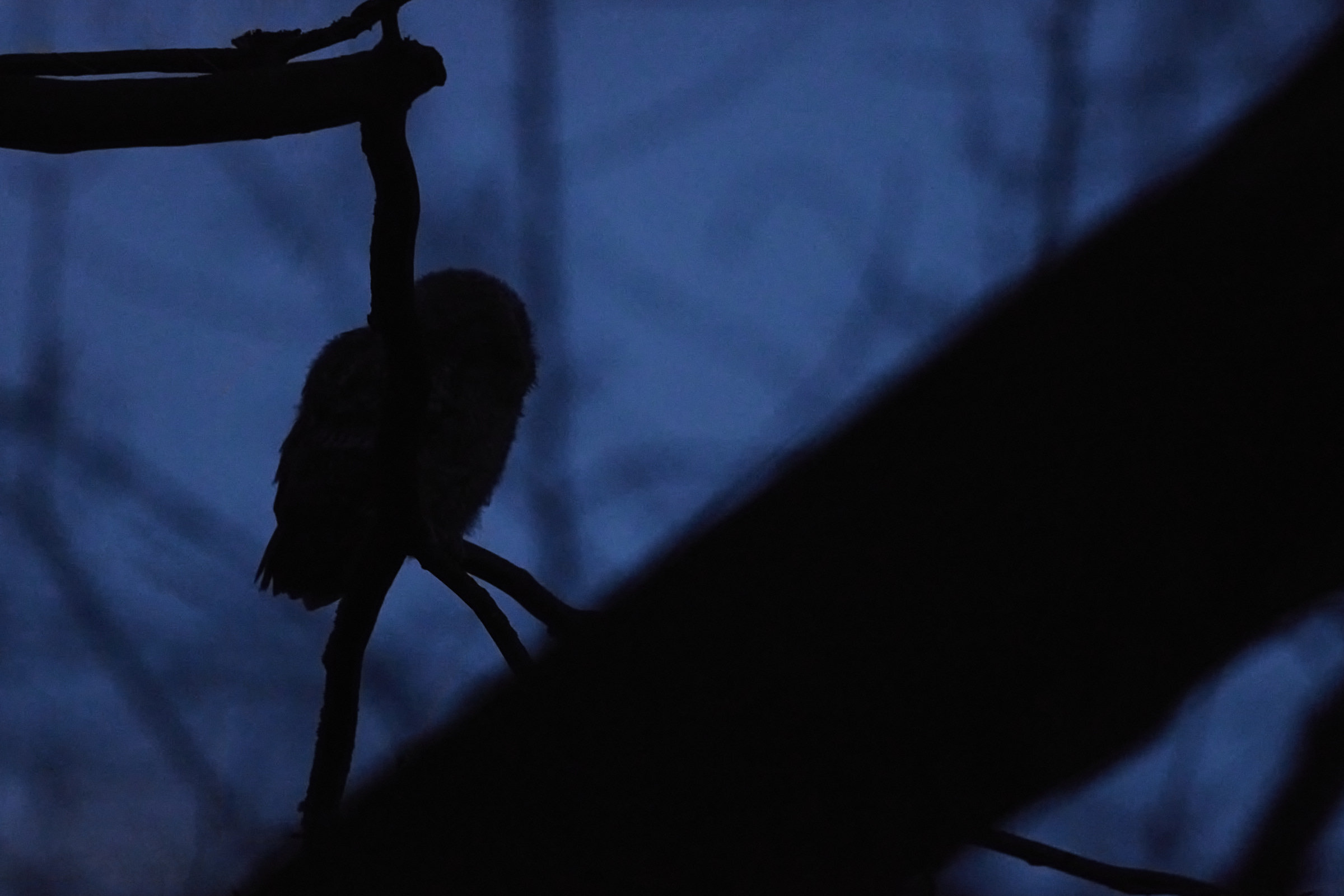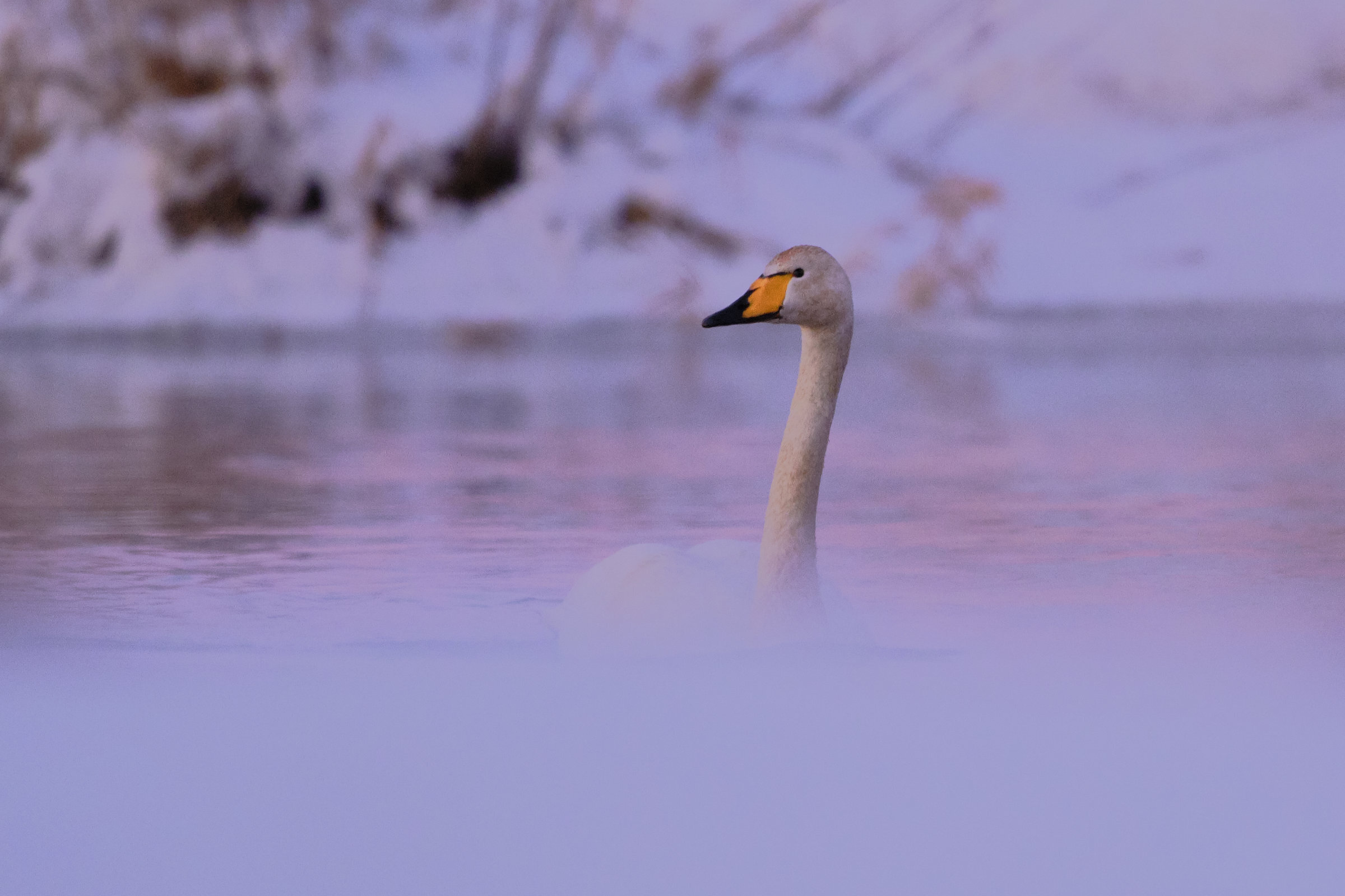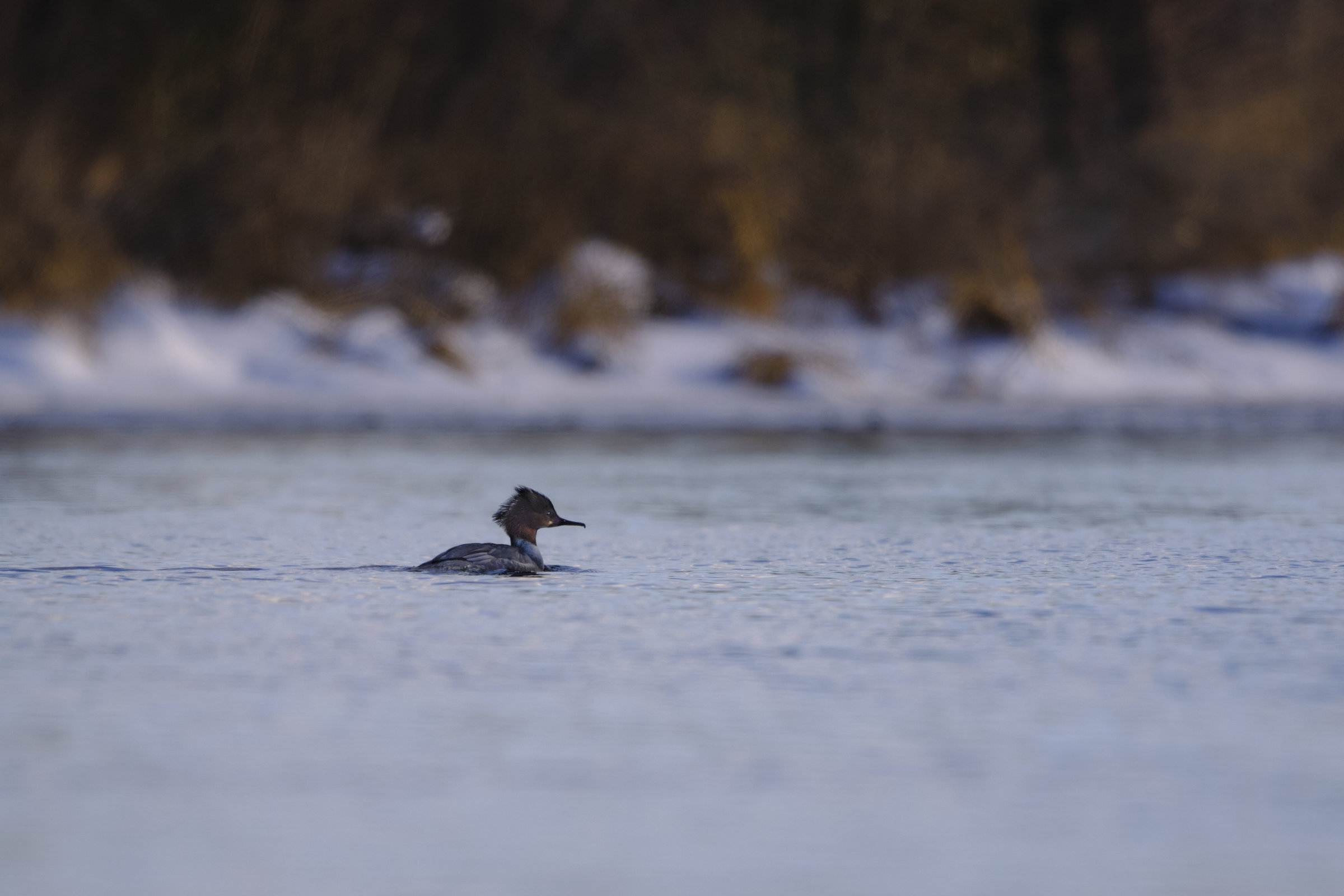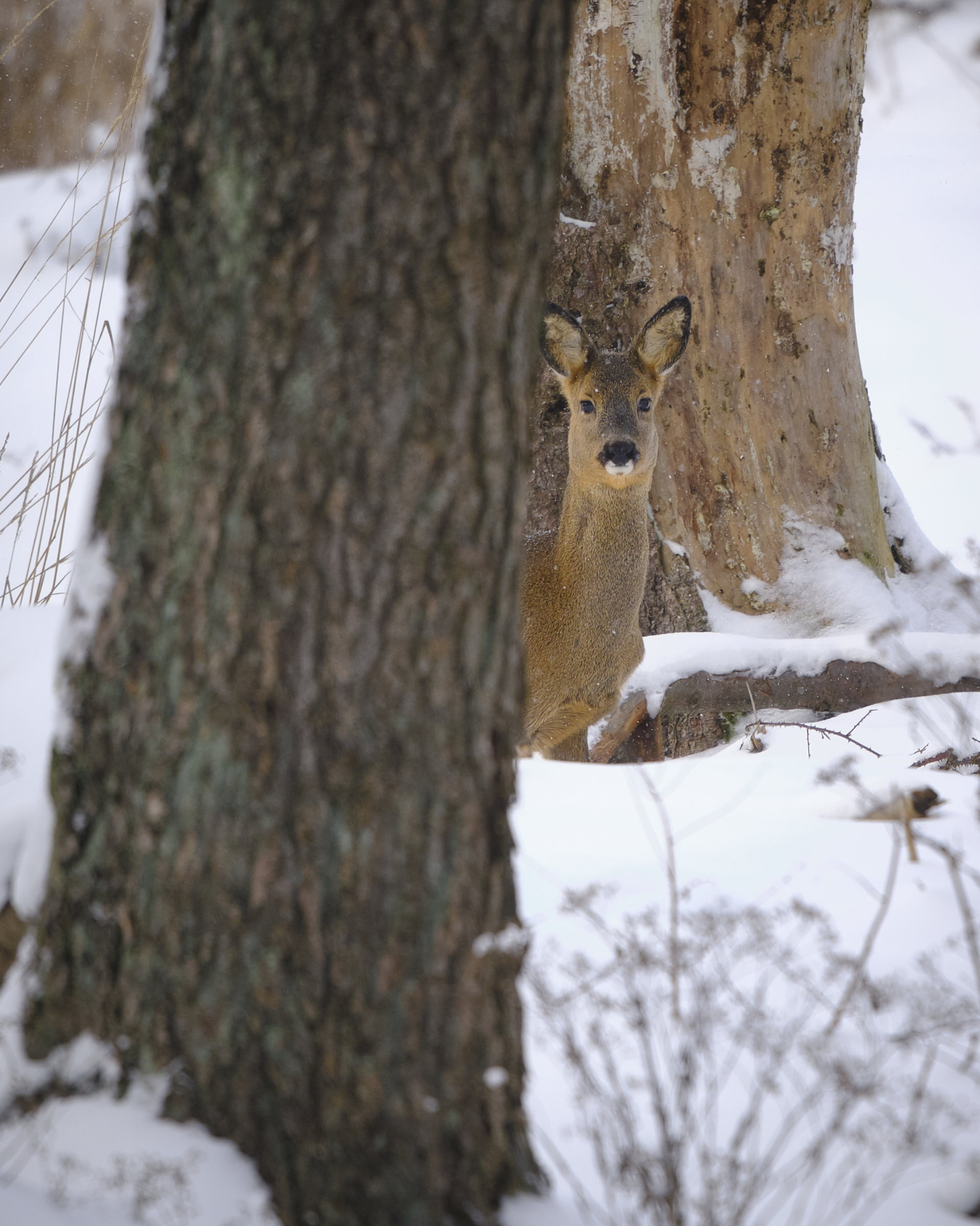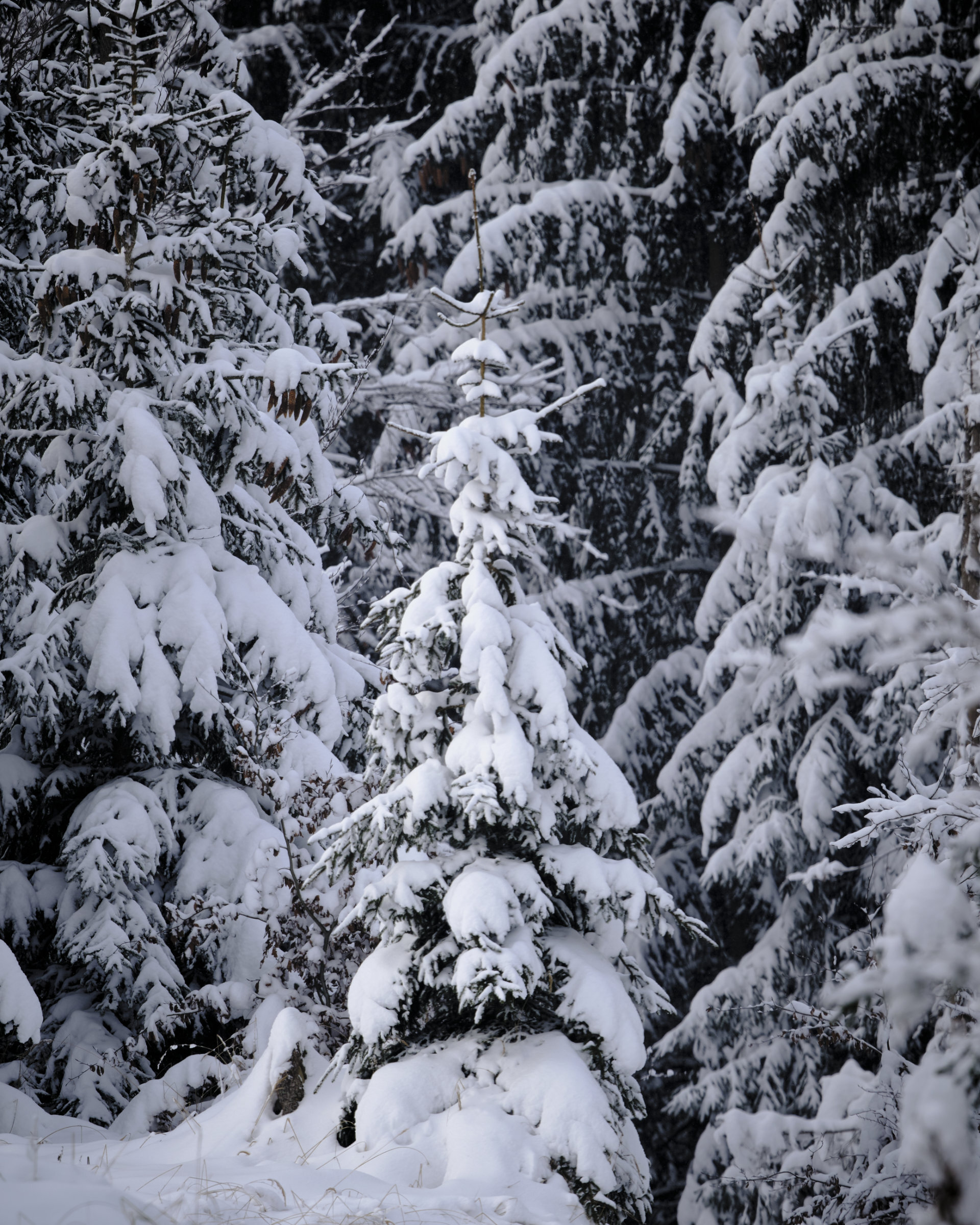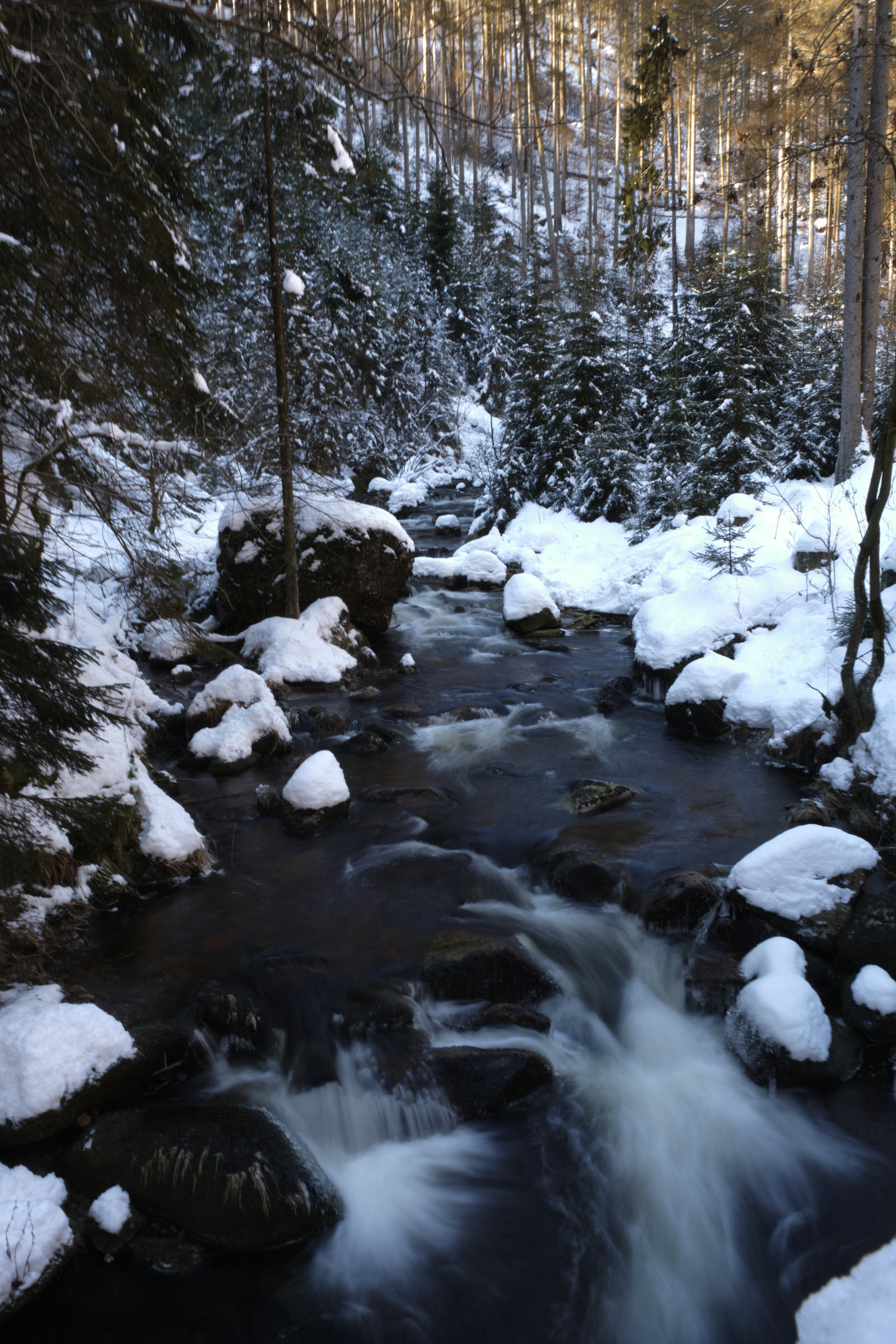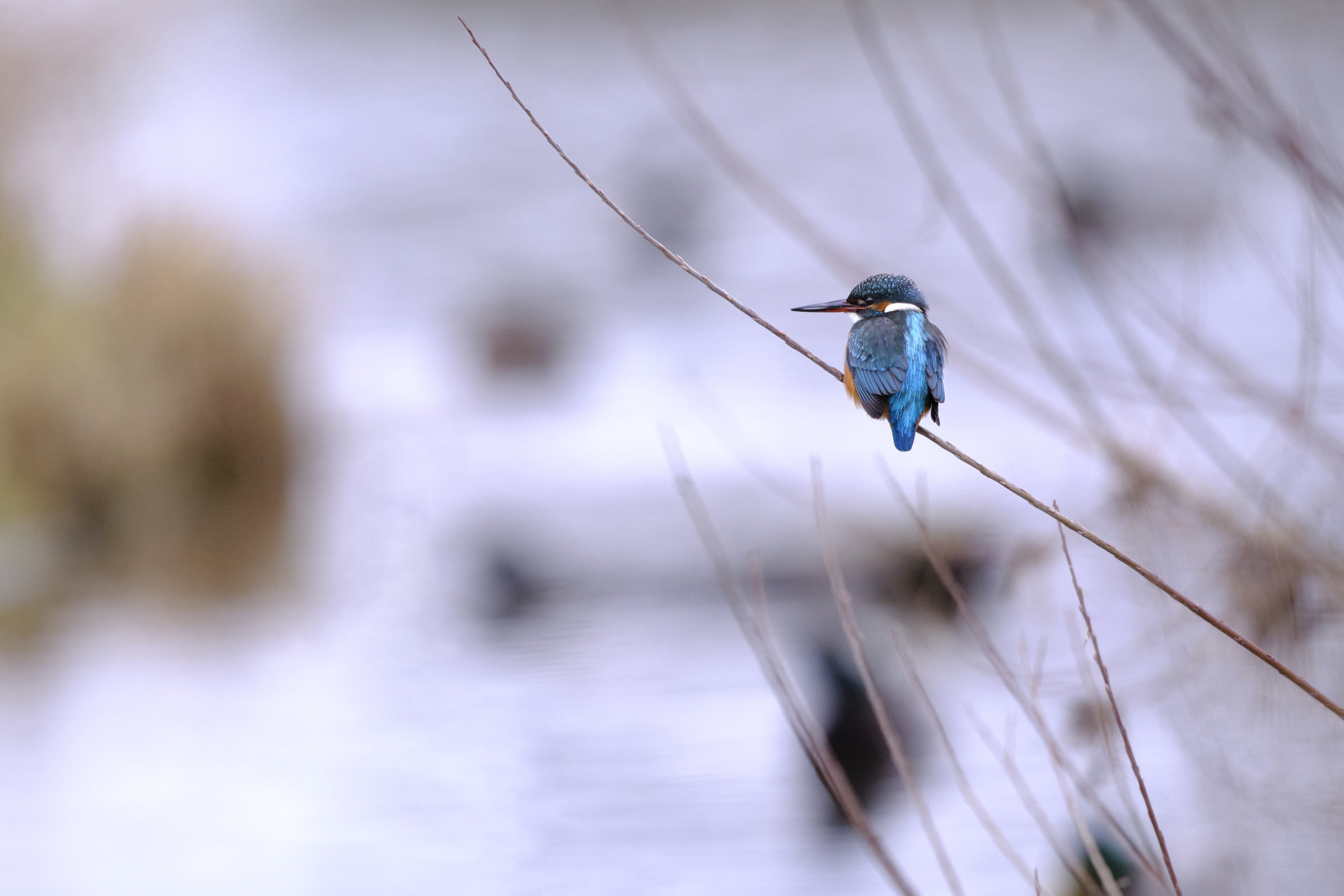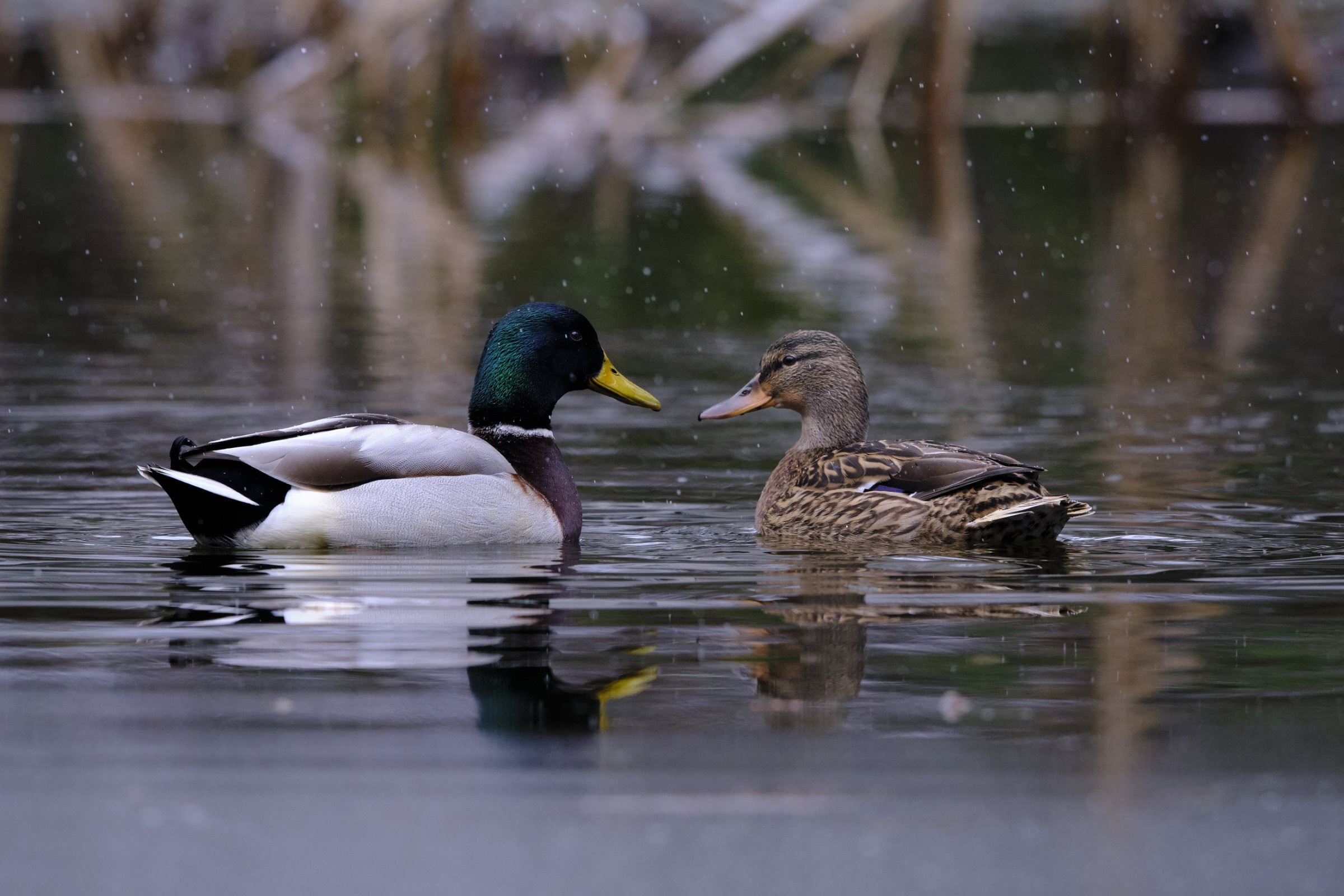When I am thinking about the 2021 summer, I don’t feel it has been a productive season photographically. But sometimes, feelings do not do the truth any justice and memory is a deceiving thing. So scrolling through my hard drive, there are quite some images that seem worth sharing.
After a very cold February, the spring and early summer offered sun, warmth and a surprisingly active wildlife that jumped the gun here in the southernmost parts of Northern Germany.
Five cubs and an early litter
The year started with a bang. A friend found a fox den, quite openly located within a corn field. And the den turned out a treasure. I watched no less than five very cute and very little fox cubs at one of their first days out and about. They were so little, they did not even have its distinctive red fur. Now it was a question what would grow faster, the corn or the cubs. I knew, once the vegetation period would start, there would be know way to observe the lot any longer. Luckily, I spent three wonderful mornings with the gang. Mom showed up from time to time but never stayed long. Then my job kept me busy and when I came back, the little family had already abandoned its shelter. They were reported all fine some weeks later and had grown up significantly in size.
Springbirds in an urban environment
One very agreeable quality of my hometown is the large number of birds that live within the city or very close to it. In my immediate neighborhood you find Kestrels and Peregrine falcons, Greenfinches, Redstarts, Robins, Blackbirds and other thrush, House sparrows, Blue and Coal tits, Crows and jackdaws, to only name a few. Especially the greenfinch paid my Covid-enforced home office a lot of beautiful visits with its monotonous yet beautiful voice. A little later in the year, the offspring of the local kestrel were unmistakable in the surrounding of “its” church. And as if this wasn’t enough beauty, the evening sun had something to add, too.
A walk through the wildflower strips
One of my most favourite places in the region are the wildflower strips of the NSR partridge conservation project. Whenever you come, there is something flowering and its always full of life. Insects, birds, Red foxes, Hare and Roe deer thrive in and around those little sanctuaries within the surrounding wastelands of industrial farming that provide both food and shelter.
Urban waterbirds
There is a little river and a small lake in my hometown. The latter even made it to the national news later this summer, when a Wels catfish tried to eat a Snapping turtle. This quite smallish body of water has seen a lot of recovery in recent years. The European beaver is back here and the area is home to a lot of birds, including local legend “Candy” the Cackling goose.
Stay tuned for part II of my summer recap with a little glimpse into my editorial photography.
